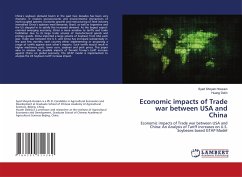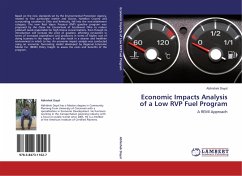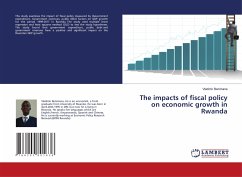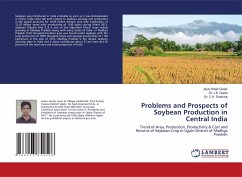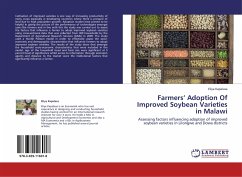China's soybean demand boom in the past two decades has been very dramatic. It involves socioeconomic and environmental interactions of multi-coupled systems. Economic growth and restructuring of feed industry intensified China's soybean meal demands. Brazil, as well as Argentina and the US stepped in to satisfy this increased demand. As the largest export-oriented emerging economy, China is more sensitive to tariffs and trade facilitation due to its large trade volume of manufactured goods and primary goods. China imported a large volume of Soybean from USA each year. Trade war between the U.S. and China has increased substantially in the past few months, each country either implementing or proposing a range of tariffs against each other's imports. Such tariffs would result in higher machinery costs, lower corn, soybean and pork prices. This paper aims to analyze the possible impacts of Donald Trump's tariff increase against China on global economy. The GTAP model is implementedto analysis the US Soybean tariff increase impact.

